Are you feeling overwhelmed by bees buzzing around your garden? Are they creating havoc with their pollen collecting missions and raiding your sweet-smelling flowers? If so, you may be looking for a solution to keep these pesky creatures away. Thankfully, it is possible to make use of repellent plants that deter bees from visiting your outdoor space – but are they really worth the effort? In this blog post we’ll discuss some effective bee repelling plants and explore whether or not integrating them into your garden is worthwhile in order to ensure bee populations remain healthy while keeping unwanted buzzing visitors away.
How to Make Your Garden the Best Resting Place?
A garden is a great place to relax, sit and read a book and cultivate aromatic and, most importantly, useful herbs.
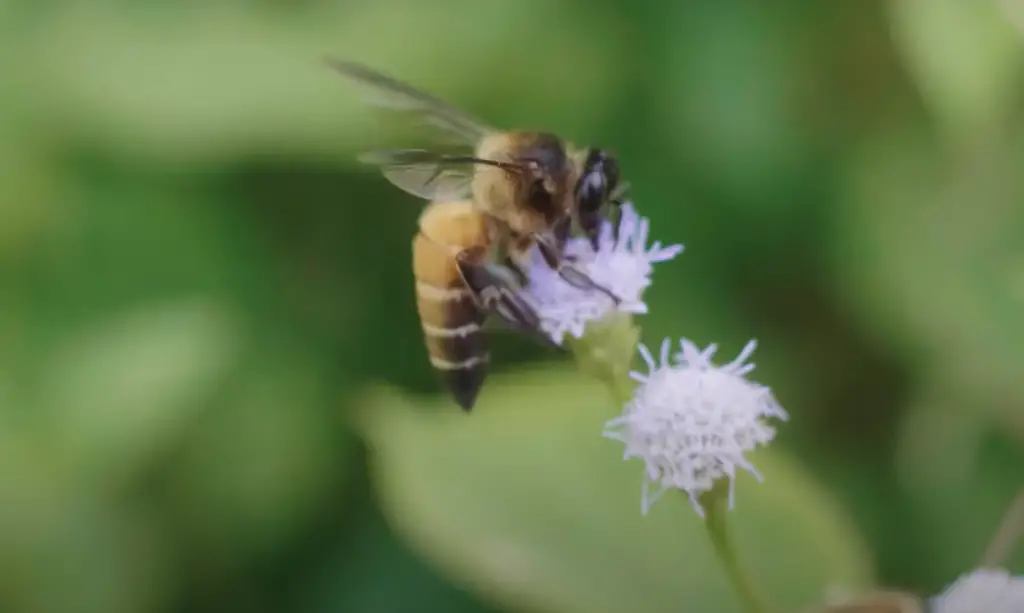
In this environment you want to keep everything perfect and avoid diseases of herbs, flowers, trees and unnecessary insects. Let’s find out what an ideal garden is!
Choose the right spot
Make sure you pick a place in your garden where you can sit and enjoy nature in peace. Consider factors like sun exposure, shade availability, and shelter from wind when deciding on the perfect spot for your rest area.
Add comfortable seating
Select chairs or benches that will make sitting comfortable while still blending in with the natural elements of your garden. Investing in outdoor-rated furniture is also important to ensure it lasts despite the weather conditions.
Create a focal point
If you want to add more interest to your resting place, consider creating a focal point like a water feature, firepit, statue, or even an art piece that’ll draw attention and make your spot even more inviting. [1]
Plant fragrant plants and flowers
Nothing beats the smell of fresh flowers in a garden, so planting fragrant plants like lavender or roses can add to the tranquility of your resting area.
Add soft lighting
Soft lighting will provide enough light for you to rest without having bright lights shining directly on you. This can be achieved with outdoor-rated string lights, solar lamps, or landscape lighting around your seating area.
Consider sound effects
Adding appropriate background sounds like chirping birds or a soothing water fountain can help create a calming environment for your resting place.
Accessorize it
Decorate your resting place with items like bird baths, patio umbrellas, outdoor rugs, or wind chimes to make it more interesting and inviting. [2]
Which Plants are Perfect for Staying in One Garden Area?
Certain types of plants tend to do well in one particular garden area. For example, if you have a shady spot, hostas and ferns make excellent choices for this area because they thrive in the shade. If you are looking to fill an area with bright, colorful blooms, consider adding impatiens, begonias, or petunias. These plants prefer plenty of sunshine and will provide lots of vibrant colors throughout the season.
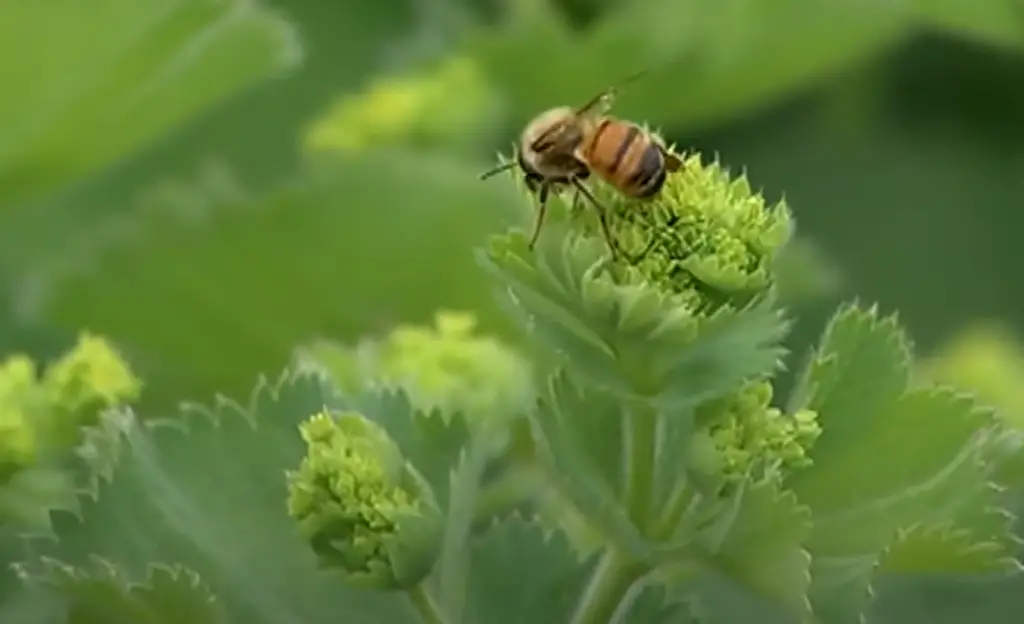
For those sunny spots with dry soil, tough perennials such as Shasta daisy or yarrow make great low-maintenance choices that can survive extreme weather conditions. If your garden has a combination of sun and shade areas, use shade-loving perennials like hellebores, heucheras, and astilbes to provide extra color. [3]
These plants are perfect for filling in those bare spots under trees or along pathways. Ornamental grasses also make great choices for garden borders and can add texture and height without taking up too much space.It is important to know your local climate when choosing plants that will stay in one garden area year after year. Learning which hardy plants do well in your region can help you create the beautiful landscape that you desire while ensuring the health of your plants. With careful planning and selection of appropriate species, you can create a garden that blooms year after year. [4]
Are Bees Useful for Plants?
Bees are extremely beneficial for plants. They help pollinate flowers and spread their pollen which allows the plant to reproduce and move its species forward. Without bees, many plants would not be able to survive because they rely on this process in order to thrive. Bees also provide an important source of food for other animals that may feed on them or their honey, meaning that a lack of bee populations can have negative consequences for the environment.
In addition, bees are known as keystone species within an ecosystem because they impact a great number of other species within the same habitat. For example, if a certain bee population is removed from the environment then it could throw off the balance of everything else living there since bees play an essential role in the food chain.
All in all, bees are an incredibly important part of our environment and play a crucial role for plants. Without them, many species would suffer and some could even become extinct as a result. Therefore, it’s essential that we take steps to protect bee populations and their habitats in order to ensure that the environment remains healthy and sustainable for everyone. [5]
Why Are There Plants That Repel Bees?
There are several reasons why some plants may repel bees. Many plants produce chemicals that act as natural repellents for bees, such as terpenes and essential oils. These compounds can have an unpleasant odor or taste to bees, making them avoid the plant altogether.
Additionally, some flowers contain nectar with low sugar concentrations, which make it not worth the effort for a bee to visit the plant. Some plants also feature small or deep flower structures that are difficult for bee’s tongues to access properly.
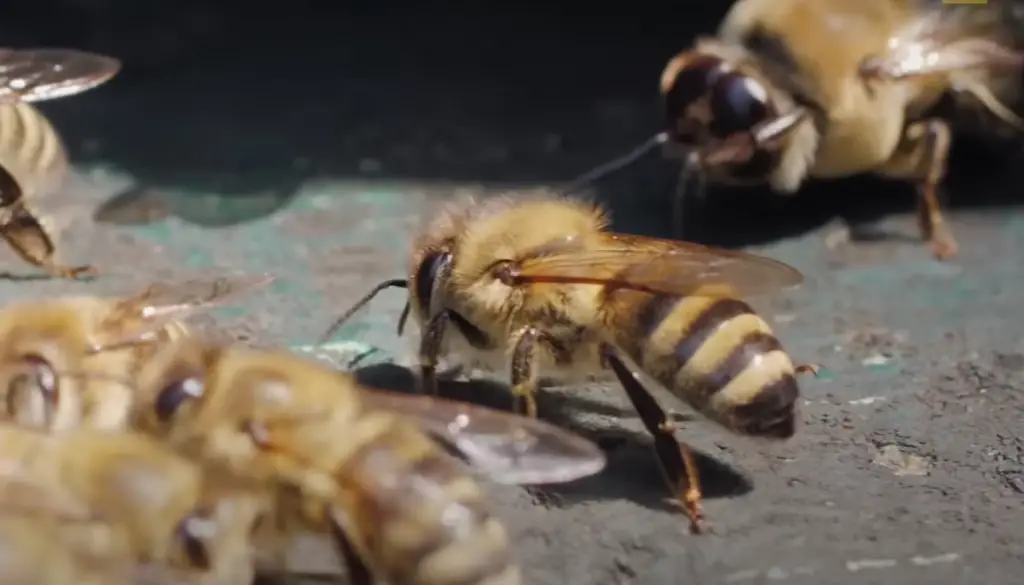
Certain colors of flowers can be attractive to one species of bee but unattractive to another species. This is known as “flower constancy” and explains why a particular variety of flower may repel all types of bees. Ultimately, the combination of all these factors can help explain why some plants may be disliked by certain species of bees. [6]
Can Bees Interfere with Gardening?
Bees are generally a welcome addition to any garden. Not only do they pollinate flowers, but they also provide an important source of food for other wildlife. However, bees can sometimes pose a problem for gardeners.
Bees may become overly aggressive when defending their hive or nest, leading to stings and even death in severe cases. In addition, bees may interfere with the growth of certain plants by feeding on them too heavily. These issues should be taken into consideration before introducing any bee colonies near your garden space. [7]
If you do decide to keep bees in your yard, it is important to take measures to protect yourself and your plants from potential interference. Consider wearing protective clothing such as a hat and long sleeves while working around your bees, making sure to keep your eyes on the hive at all times. Planting bee-resistant plants such as marigolds and lavender can help discourage bees from foraging in certain areas of your garden. Additionally, keeping your bee colony well-maintained with sufficient food sources and water can reduce their need to venture onto other parts of your property. Following these tips will ensure that you are able to peacefully coexist with any bees in your garden. [8]
How to Not Attract Bees & Wasps Into Your Garden?
Bees and wasps can be a nuisance in your garden. They buzz around, sometimes sting, and generally make it difficult to enjoy the outdoors. To keep them away, there are a few simple steps you can take:
- Eliminate possible nesting sites. Wasps often create nests in dark, hidden places such as inside walls, hollow trees, or under eaves of buildings. If your garden has any of these areas, make sure they’re sealed off to discourage nesting.
- Keep food sources away from the garden area. Wasps will be attracted to sweet foods like fruit and sugary drinks.
- Make sure these types of foods are stored well away from the garden so that the wasps don’t have any reason to come.
- Plant flowers and herbs that repel wasps. Certain flowers, such as chrysanthemums and lavender, can help drive bees and wasps away. You can also plant basil, mint, eucalyptus, or wormwood around the edges of your garden to keep them away.
- Use insect repellents. If you don’t want to use natural methods, there are many chemical-based insect repellents available that you can apply directly to surfaces in the garden area. Be sure to read all labels and directions carefully before using these products. [9]
Should I Use Bee Repellent Measures?
It depends on several factors, including the type of bees that are present and the extent of the bee problem. For example, if you have honey bees in your yard or garden, it’s usually best to leave them alone since they are beneficial for pollination. However, if you’re dealing with aggressive Africanized honey bees or other types of stinging bees, repellent measures may be necessary.
If you choose to use a bee repellent, there are several different products available on the market. These include sprays and granules designed to deter bees when they come into contact with them. Some contain natural ingredients such as clove oil and peppermint oil while others contain synthetic chemicals. It’s important to read the label and follow all safety instructions when using any type of pesticide or repellent.

12 Plants That Repel Bees & Wasps Effectively
These 12 plants are all easy to care for and have been proven effective for repelling bees and wasps. Planting them near your home or other outdoor living spaces can provide you with natural protection against these pesky stinging insects without having to use harmful chemicals.
- Catnip – it is a member of the mint family, and its strong aroma repels both bees and wasps. Planting catnip near your home can provide protection from these stinging insects without having to use chemicals.
- Marigolds – these are an attractive flowering plant with vibrant yellow or orange blooms that will brighten up any garden. They’re also great for keeping away pests—marigold plants contain pyrethrum, which repels bees and other flying insects.
- Basil – not only does basil add delicious flavor to a variety of dishes, but it also has mosquito-repelling properties and may help deter bees and wasps as well.
- Lavender – the sweet scent of lavender (Lavandula angustifolia) is known to repel many kinds of insects, including some species of bees and wasps.
- Mint – mint plants are another type of herb that’s not only great for cooking but also helps keep pests at bay. Planting mint in your garden will discourage pesky bees and wasps from hanging around.
- Citronella Grass – it is an effective repellent against flying insects like bees and wasps because it contains citronellal, a compound that has insect-repelling properties.
- Garlic – it has a strong smell that can help repel bees and wasps, as well as other types of insects. Planting garlic in your garden is an easy way to keep these annoying critters away from your home.
- Eucalyptus – the aroma of eucalyptus is known to be an effective bee repellent, so planting this tree near the areas where you spend time outside can help ward off any buzzing bugs.
- Chrysanthemums – these are beautiful flowers that contain pyrethrins, compounds with insect-repelling properties. Planting chrysanthemums in your garden can help keep away bees and wasps without having to use chemical sprays or lotions.
- Wormwood – it is a type of herb that has strong insect-repellent qualities, making it an effective plant for keeping pesky bees and wasps away from your home.
- Horseradish – the pungent smell of horseradish is known to repel some types of insects, including bees and wasps. Planting horseradish near areas where you spend time outside can provide protection from these stinging pests.
- Sage – sage is an herb with a strong aroma that can be used to deter bees and wasps from your garden. Planting some sage in your outdoor areas will help keep away unwanted buzzing bugs. [11]
FAQs
What do bees absolutely hate?
Bees absolutely hate any strong odors, particularly those that are pungent, such as vinegar and citrus. Additionally, bees are very sensitive to smoke and may become agitated if exposed to it.
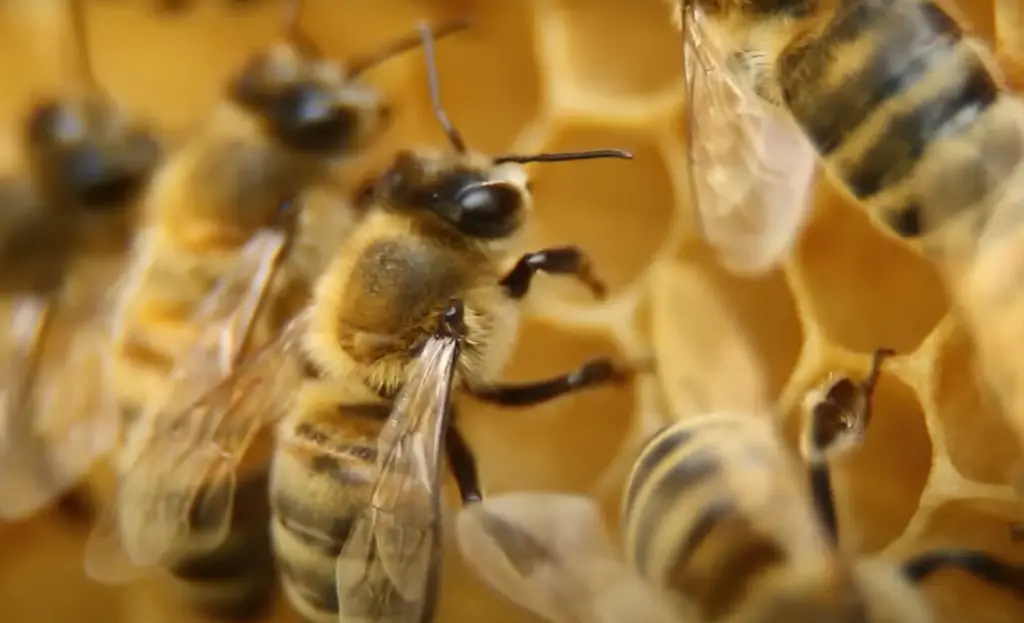
It’s best to avoid using any type of aerosol sprays or products containing essential oils in areas where bees are present. The vibrations from loud noises can also be a deterrent for bees. They may be more likely to leave the area if surrounded by high-pitched sounds.
What natural thing keeps bees away?
One of the best natural methods is to plant certain flowers and herbs. Plants like mint, lavender, marigolds, eucalyptus, and citronella are all known to have strong aromas that can help deter bees from your garden or outdoor area.
Additionally, you can try spraying a mixture of water and dish soap around the perimeter of an area as this will confuse them and cause them to fly away. Setting up bee traps with bait such as soda or sugar water can help capture any remaining bees in the vicinity.What smell repels bees?
Many natural smells are thought to repel bees, including mint, lemon grass, eucalyptus, and citronella. In addition to these scents, strong odors such as garlic and vinegar may act as a deterrent. While some of these odors can be unpleasant for humans too, they can help keep common types of bees away from your outdoor space. For best results, try using a combination of several different scents in order to create an effective deterrent. Also make sure to reapply the scent regularly so that it stays fresh and continues to repel bees. If you’re looking for a more direct approach, you can also try using bee traps to capture and remove bees from your property. To prevent bees in the first place, it’s important to keep food waste away from your outdoor space.
Bees are attracted to sugary and sweet smells, so be sure to clean up any spills or garbage that may attract them. Additionally, keep flowers and other plants that produce nectar away from windows or doors where bees can easily enter your home. By taking these preventive measures, you can help keep bees away without relying on strong odors or chemicals.
How do I keep bees away from the hive?
There are a few things you can do to help keep bees away from your hive.
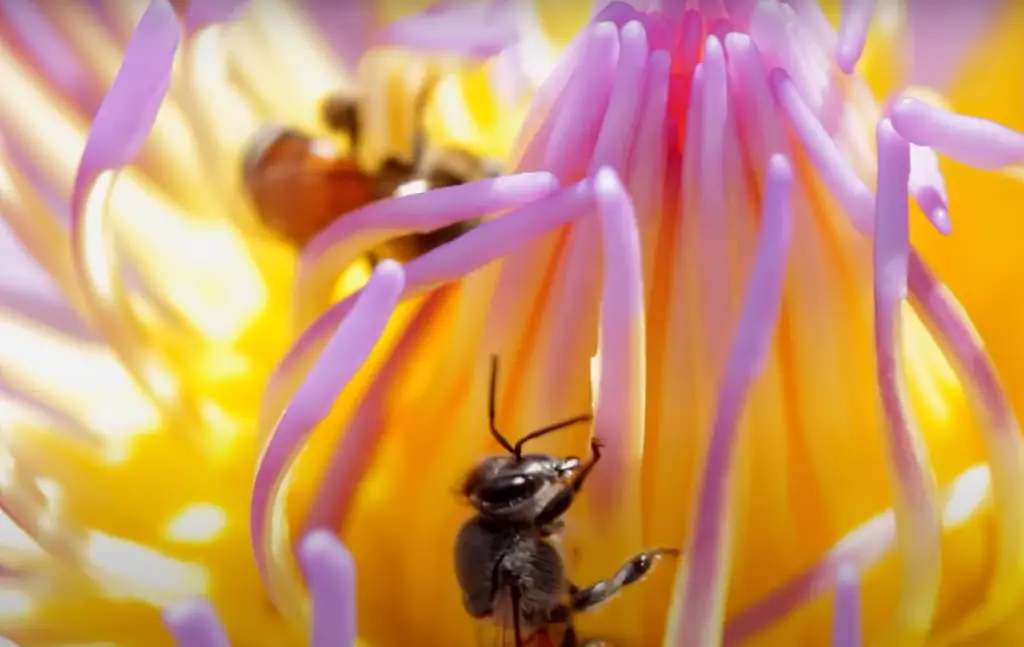
First, make sure that the area around your hive is kept clean and free of any debris or food sources where the bees might congregate. Secondly, use bee repellents such as essential oils like peppermint and citronella to deter them from entering your hive. Additionally, using bee traps near the entrance of your hive can help capture any stray bees before they enter. Finally, keeping an eye on your local bee population will also help you know when it’s time to take extra measures if there are more bees than usual in the vicinity of your hive.
Useful Video: How to keep bees, wasps away from your home
Final Thoughts
Bees are an essential part of nature, so don’t forget to provide them with safe nesting places and alternative pollination sources. At the same time, it’s also important to protect your precious garden by taking appropriate steps to repel and control bee activity among your plants. With a few simple techniques such as using peppermint oil or basil leaves, you can ward off pesky bees while still providing a safe haven for the honeybees that will pollinate your plants. Embrace this balance between reverence for bees and careful repellent measures, so that everyone can thrive together in harmony!
References:
- https://www.idealhome.co.uk/garden/garden-ideas/easy-garden-ideas-202397
- https://www.mynd.uk/blog/20-relaxation-garden-ideas-for-your-home
- https://www.allaboutgardening.com/low-maintenance-full-sun-plants/
- https://www.gardenersworld.com/plants/plants-for-urban-gardens/
- https://www.environment.sa.gov.au/goodliving/posts/2016/10/bees
- https://carolinahoneybees.com/plants-that-repel-bees/
- https://www.rootwell.com/blogs/backyard-beekeeping
- https://sciencing.com/advantages-disadvantages-honeybees-8592788.html
- https://www.ecrotek.co.nz/learn/articles/detail/protect-bees-prevent-stings-how-to-keep-wasps-out-of-your-garden
- https://www.dodsonbros.com/5-tips-to-keep-bees-away-from-you-and-your-home/
- https://a-z-animals.com/blog/plants-that-keep-wasps-away/









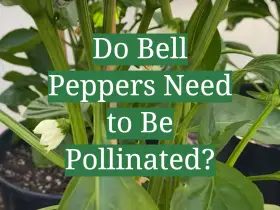
Leave a Reply
View Comments